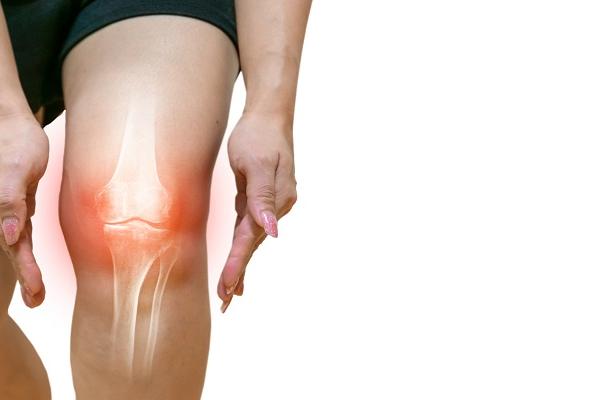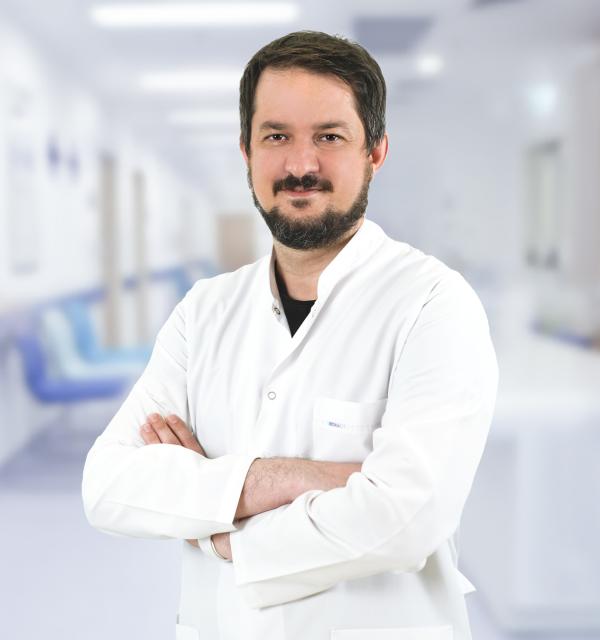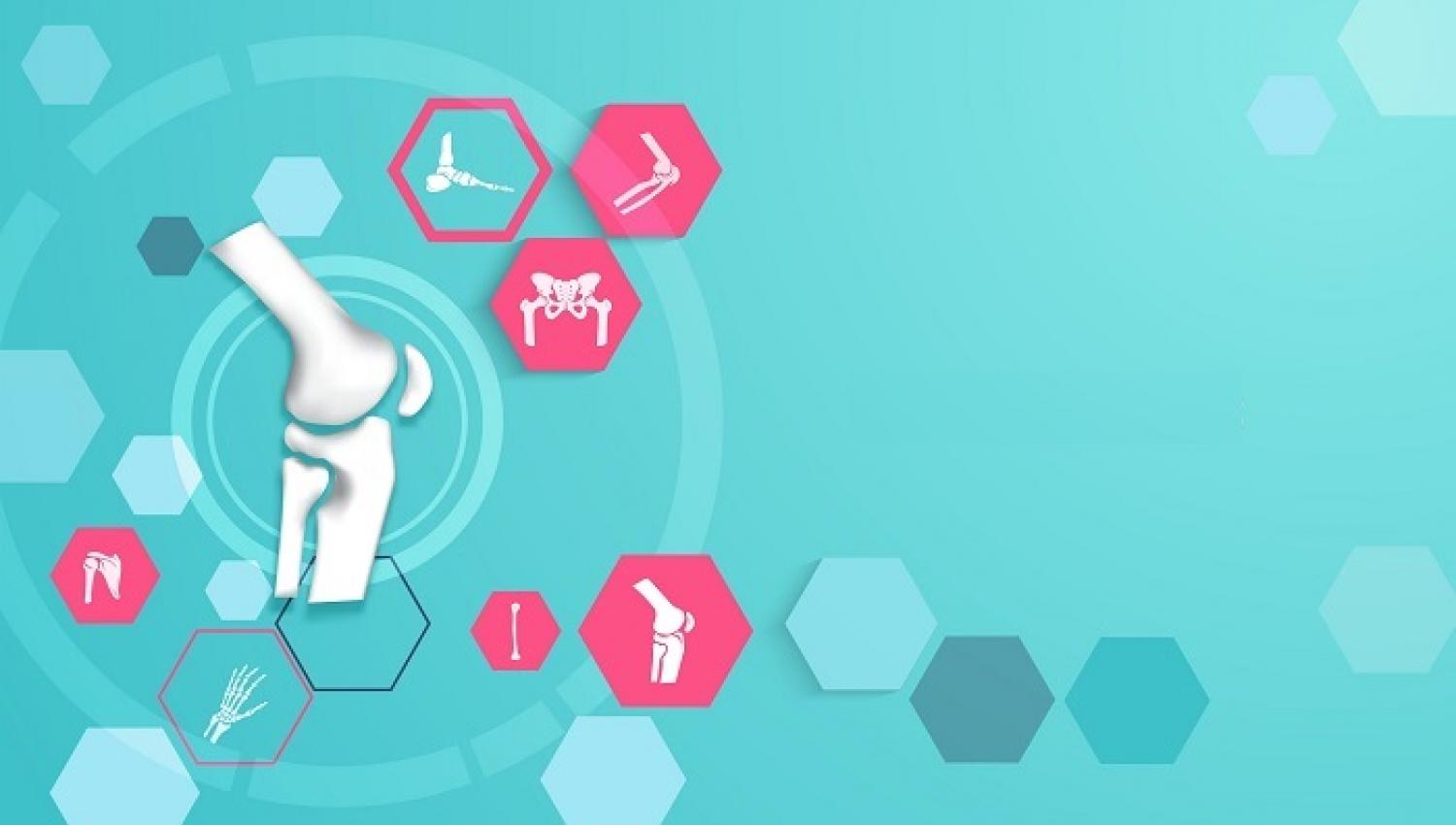Treatment of Cartilage Problems
In addition to the increase in the elderly population, many reasons such as a sedentary lifestyle and improper sports activities can cause cartilage damage. When it is not treated in the early period, it seriously affects the quality of life with the damage it creates in the joints. At the "Cartilage Symposium" hosted by Yeditepe University Koşuyolu Hospital, many Orthopedic specialists from different regions discussed the current and future treatment methods for cartilage problems.
It is known that there have been significant developments in the treatment of cartilage problems. In the young population under 40 years of age and especially in trauma-related injuries, the surgical method still maintains its importance. On the other hand, biological treatments are also on the agenda, especially for patients between the ages of 50-60 who are not suitable for surgery.
At the symposium hosted by Yeditepe University Specialization Hospital, where all aspects of cartilage problems were discussed, it was stated that "Cartilage Transplantation from Donor" could be performed in our country in the near future. Giving information on the subject, Yeditepe University Specialization Hospital Orthopedics and Traumatology specialist Prof. Dr. Gökhan Meriç said, "In the twenty-year follow-up of "Cartilage Transplantation from Donor", which has been performed abroad for many years and has achieved extremely successful results, it is seen that 70-80 percent success is achieved. Initiatives to use this method in cartilage treatment are also continuing in our country."
Is "Donor Cartilage Transplantation" the Future of the Treatment of Cartilage Conditions?
Cartilage transplantation is accepted as a rescue treatment method when other treatments fail to achieve the desired result.
"Donor Cartilage Transplantation" is defined as a method that has a high chance of success compared to closed/open surgery and can create cartilage closest to the patient's original cartilage. It is necessary to draw attention to some points in order to avoid confusion with the procedure defined as "cartilage transplantation", which has been performed on the patient's own for some time in our country.
In self-cartilage transplantation, tissue samples are taken from the patient. New tissues created in the laboratory are transplanted back into the patient. "In donor cartilage transplantation, cartilage obtained after organ donation is used as in the organ transplantation process.
Prof. Dr. Gökhan Meriç said that "Cartilage Transplant from Donor" is the only treatment method to be applied, especially for major damages that cannot be treated surgically, and continued his words as follows: "This method, which is performed by taking the cartilage of the donor and transplanting it to another patient, has been successfully used abroad for about 30 years. In Cartilage Transplantation from Donor, the surgical procedure is performed in a single operation. It can also be applied in cases of damage larger than four centimeters. It is considered a rescue method in cases where other cartilage treatments fail. This treatment method has a high success rate in patients under the age of 40. It can also be used in people over 50 years of age if a suitable donor is found. It is seen that patients, especially professional athletes, return to sports at the previous performance level after a "Cartilage Transplant from Donor". Moreover, the problem does not recur."
Wear Rate Can Be Reduced with Early Diagnosis
The self-healing capacity of cartilage tissue is extremely limited compared to other tissues in our body. For this reason, cartilage damage, if neglected, can lead to serious wear and tear in the future and even to the necessity of using prostheses or surgery. Conditions such as pain and limitation of movement due to damage cause a serious decrease in quality of life. Prof. Dr. Gökhan Meriç said, "Early diagnosis of the damage is extremely important. It is possible to slow down or prevent cartilage damage with surgical or non-surgical treatments."
”




